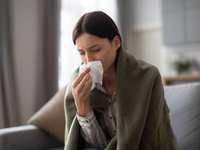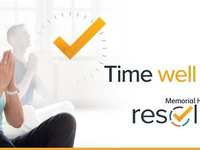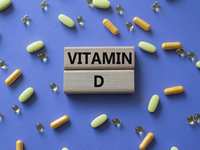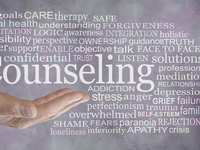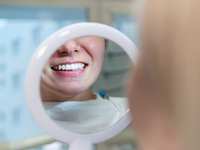- Categories :
- More
7 Steps to Take After a Virus Has Hit Your Home
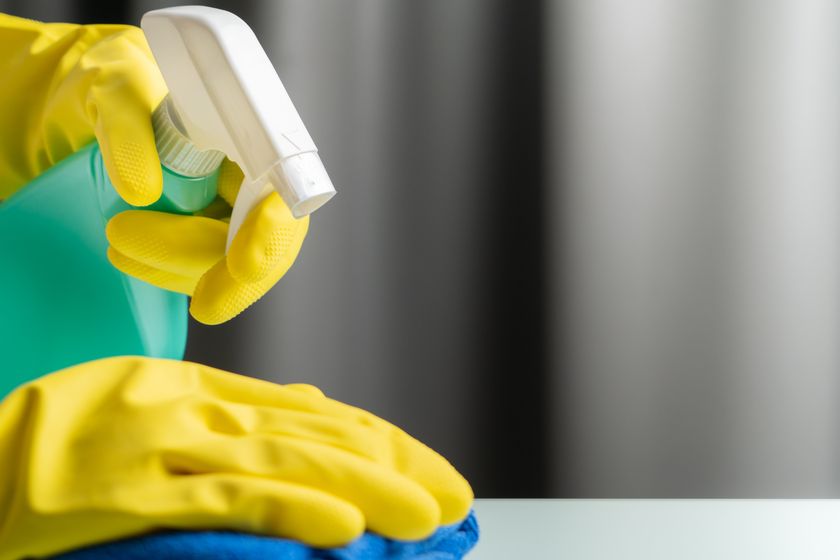
Viruses. No one likes it when they overstay their welcome. In the event that you or someone in your household gets sick with the flu, COVID-19 or another kind of virus, the next major move is to get rid of the virus once and for all.
While deep cleaning and disinfecting your entire home sounds like a daunting task, Memorial Hermann has you covered. Our Memorial Hermann Infectious Disease specialists have shared seven immediate, simple steps you can take to restore a healthy, germ-free environment.
1. Wash your bedding and clothing.
Strip your rooms of any blankets, sheets, pillows, bedding and clothes worn while sick, and start tossing them into the washing machine. Take care to do so in a methodical way—most importantly, keeping the clean loads separate from the ones still waiting to be washed.
2. Clean the bathroom.
If possible, pick one bathroom for those who are ill to use. Creating separate spaces for anyone infected with a virus is critical to ensuring it doesn’t get spread around. After symptoms have passed, disinfect the entire bathroom, concentrating on areas like the sink, faucet, toilet and toilet handle.
3. Disinfect frequently touched surfaces.
Touched surfaces include countertops, doorknobs, light switches and stair railings. Every day, we touch any number of surfaces and features of our homes, which means they all become common places a virus can live–even after our physical symptoms are gone. In the event of a virus, disinfect frequently touchedhard surfaces throughout your entire home, especially the rooms where the sick individual(s) spent the majority of their time.
4. Wash your used towels
Once the illness is over, wash all towels used throughout your home on the hottestt possible temperature available. Towels are considered a higher-risk item because they become soiled from our use. Since they absorb moisture, towels have a tendency to hold germs inside. And using a hotter temperature can stop any existing bacteria from multiplying.
5. Don't forget the electronics and toys!
Consider tossing stuffed animals and soft kids toys into the washing machine to thoroughly clean them. As for electronics and hard kids’ toys (like remote controls, cell phones, building blocks, etc.), disinfect their surfaces using disinfectant wipes or rubbing alcohol and water.
6. Throw out all of the trash.
Gather trash from all rooms of the house and take it out on a regular basis. For anyone who is ill in your home, try dedicating a lined trash can for that one person’s use. It’s a good idea (and a CDC precaution for all cleaning and disinfecting during a time of virus) to wear gloves when you are removing or handling any trash bags.
7. Toss out your toothbrush.
Dispose of any toothbrush used during a period of sickness and buy a new one. If your toothbrush is not disposable, disinfect the head of your toothbrush by following these *directions:
- Swirl the bristles in antibacterial mouthwash for 30 seconds.
- Dissolve 2 teaspoons of baking soda in a cup of water and soak the toothbrush in the solution.
- Dilute 1 teaspoon of 3% strength hydrogen peroxide in 1 cup of water and swish the toothbrush bristles in the solution before brushing.
- Soak the bristles in vinegar overnight once per week.
- Dissolve a denture cleansing tablet according to the instructions on the label and soak the toothbrush bristles in the solution.
*Source: Colgate, Adult Oral Care
In addition to the action items above, it’s important to have your household continue practicing good handwashing hygiene–even when an illness is not present. By doing this, we can all play an important role in reducing the spread of viruses.




